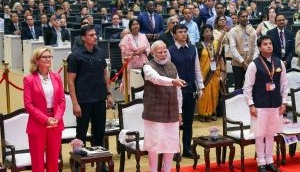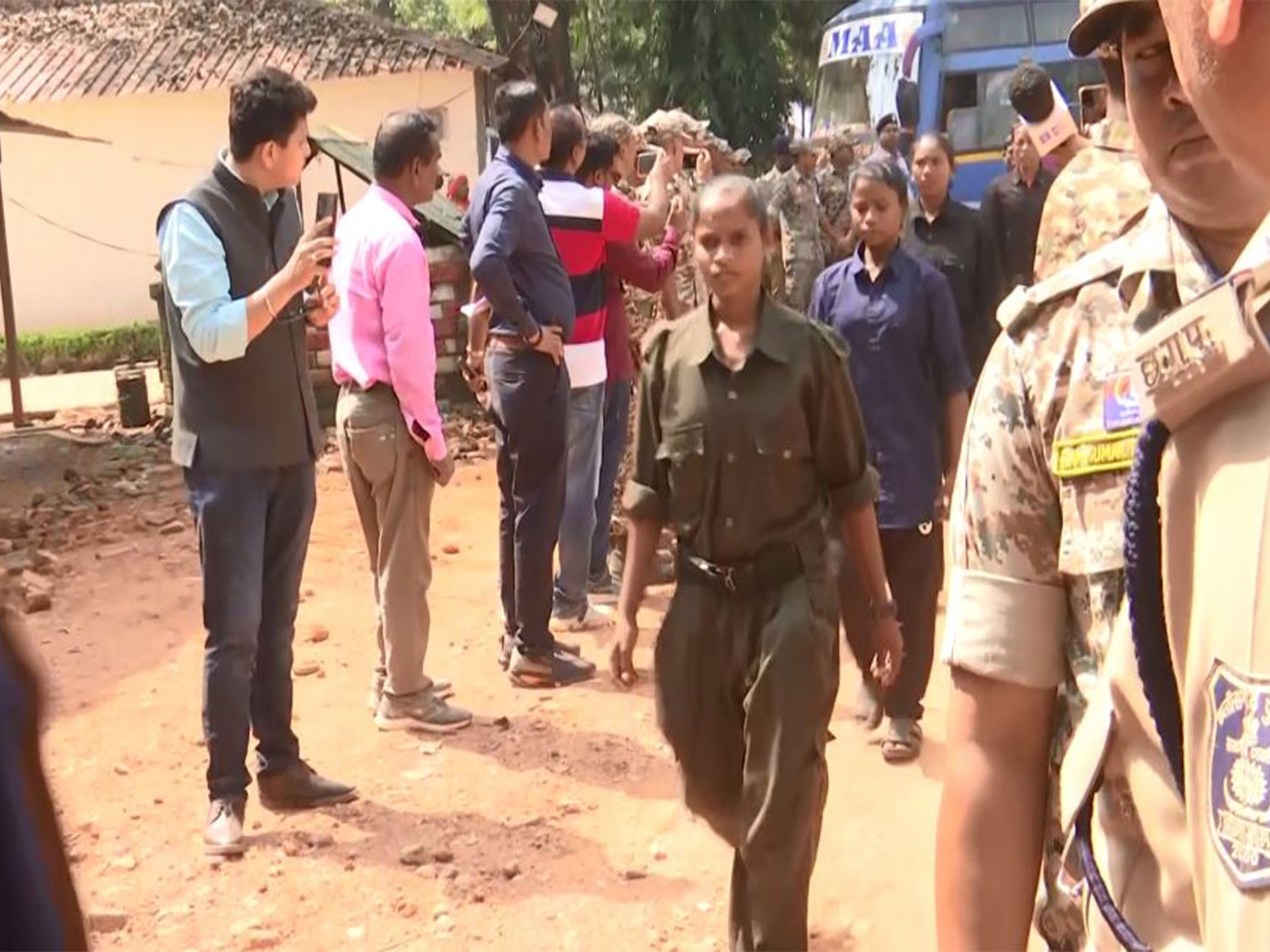Two girls flee Bastar, petition high court against police atrocities

Sunita and Munni could be any two girls from the hinterland of Bastar, Chhattisgarh. Aged around 19, they left school when the Salwa Judum vigilante campaign was at its peak, and helped their families make ends meet.
However, Sunita and Munni are also on top of the hit list of the Bastar police. Their crime? Galvanising the local Adivasis against alleged police atrocities.
When the pleas of both these girls went unheeded at the level of the local administration, they had no other option but to flee the Bastar area.
But, it was not just a flight from the threat they faced. These girls have now filed a complaint in the Chhattisgarh High Court against the alleged extra-judicial killings of Adivasis in Bastar.
They are aware that taking on the mighty Bastar police might not bode well for their security. Yet, they insist it is necessary to bring to light the horrific truth of the Bastar police, considering the persecution of their brothers and sisters.
Women's rights activist Kalpana Mehta has also come out against what she calls 'sexual violence' and 'state repression' against these girls. Mehta has appealed to the court to save the tribals from indiscriminate violence.
The petition
The 141-page petition filed by Sunita and Munni claims the police killings follow a similar pattern all across Bastar. According to the plea, police personnel go to the villages in the name of 'search operations'. They are usually accompanied by a surrendered Naxal. The villagers are dragged out of their homes, taken to the jungle, and shot in cold blood. The incident is later disguised as an encounter.
"The government asks the Maoists to surrender and join the mainstream. But nobody cares about their livelihood after they lay down their arms. How can the police use these people perpetrate atrocities when they have already renounced violence?" the petition asks.
Nowhere to go
If Sunita and Munni are to be believed, the Bastar police is only targeting hapless Adivasis in the name of eradication of Naxals. They narrate how village women are forced to run to the jungles with their kids, the moment they hear the footsteps of security jawans.
To most Adivasi women in Bastar, falling into the hands of the police means facing torture. According to Sunita and Munni, many women have to remain in hiding in the jungles for days. They have no access to food and water during such situations. They don't even have the luxury to cook food in the jungle, as a single flame could mean rape and murder. The wailing of their children, from thirst and hunger, is stifled, for the fear of being caught by the police.
Those who remain in the village are mostly old people. They can only watch their family members running to the jungles, accepting the fait accompli in silence - that they may never see their loved ones again.
"The police does not even bother to return the corpses after shooting young boys and girls," says one of the girls.
The evidence gathered
Sunita and Munni decided they could not take things lying down. So, they started visiting their neighbouring villages to gather evidence of police atrocities. Besides affidavits from several victims, they have submitted other evidence related to alleged fake encounters.
Here are some such cases:
1. Some days ago, the police allegedly gunned down Pandey Tati and Manoj Hapka in Bijapur's Kadenar village. Predictably, both were labelled as Maoists. But, their relatives have submitted an affidavit claiming that Tati and Hapka were picked up from the village. The police tied their hands and feet and shot them down.
2. Sukku Kunjam, a resident of Itavar village, had gone to visit his friend in Korcholi village. Suddenly, the security personnel surrounded the house and killed Sukku. His family members vehemently deny the charge that Sukku had any links with the insurgents. He had fled his village before a police raid and taken refuge in his friend's house.
3. In another gruesome incident, the police picked up a farmer named Situ Hemla from his village in Dantewada's Ganglur region. He was killed by crucifixion from a tree. Hemla's relatives also insist he was not a Maoist and the police merely acted on a false tip-off from some surrendered Naxals.
4. Kudhami Ganga lived in Andri village of Bijapur district. Some days ago, Ganga and his friends had gone to the forest to collect tendu leaves. The police arrived on the scene and started firing without warning. While some of his friends escaped, Ganga was not as fortunate. While he was killed in the incident, a child named Sannu went missing from the village. The locals believe he was buried near a local nullah.
The demand
Women's rights activist Kalpana Mehta says: "The police claims to have encountered 90 Maoists in its latest anti-insurgency operations. We are not against any action that targets Maoists. But, we oppose the killings of innocent Adivasis just for bolstering the death toll of Naxals.
"The government must constitute a high-powered committee to investigate the allegations of atrocities. It should not include any officer who is linked to the anti-Naxal operations."
Edited by Shreyas Sharma
More in Catch
Salwa Judum in a new guise? AGNI goads Bastar villagers to go after Maoists
Born to be killed: how Bastar's Gompad village turned into hell for its Adivasis
Bastar man crucified, shot. He shared his name with Maoist commander
First published: 21 September 2016, 6:16 IST





![BJP's Kapil Mishra recreates Shankar Mahadevan’s ‘Breathless’ song to highlight Delhi pollution [WATCH] BJP's Kapil Mishra recreates Shankar Mahadevan’s ‘Breathless’ song to highlight Delhi pollution [WATCH]](https://images.catchnews.com/upload/2022/11/03/kapil-mishra_240884_300x172.png)

![Anupam Kher shares pictures of his toned body on 67th birthday [MUST SEE] Anupam Kher shares pictures of his toned body on 67th birthday [MUST SEE]](https://images.catchnews.com/upload/2022/03/07/Anupam_kher_231145_300x172.jpg)






